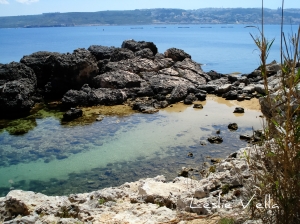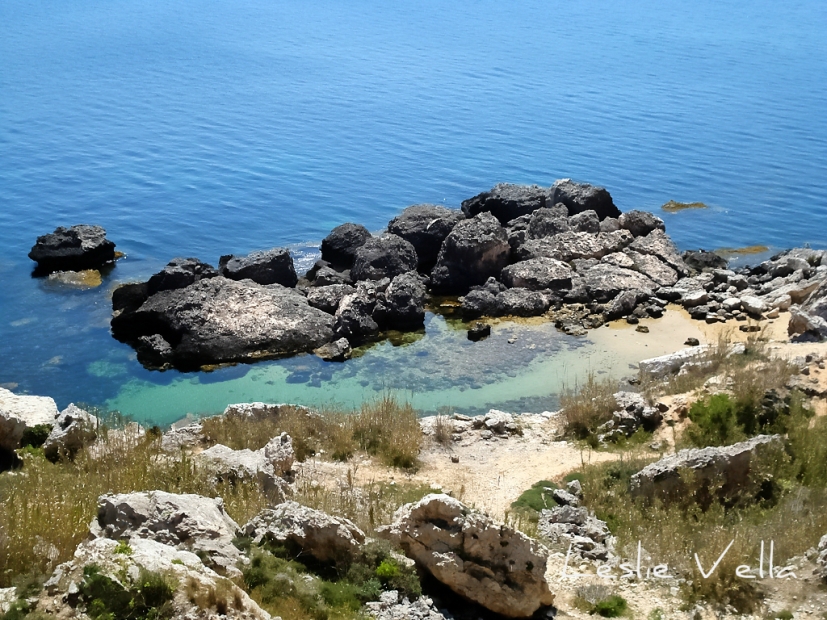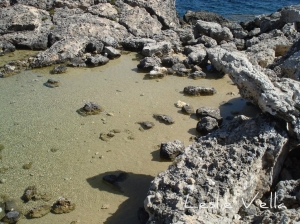A Bay called Slugs
Cuba has its Bay of Pigs, Namibia has its Whale (Walvis) Bay while Malta has its Slugs Bay.
Nothing huge, quite minute in fact, to the point of being almost negligible. Not a real beach but a microscopic inlet nestling under the cliffs of the Marfa Ridge. An accident of nature caused by the accumulation of fine sand in the shallow space between a group of huge boulders which collapsed from the adjacent cliff.
Maltese cliffs are made of relatively soft limestone layers which slowly erode as they interact with the blue Mediterranean. This results in a fragmented coastline comprising numerous collapsed boulders known as boulder scree. Generally, such collapsed rock is more of a nuisance to people wanting to access the sea, but occasionally the boulders actually serve to create small beaches. Slugs Bay is one such rare creation.
It lies very near to the northernmost tip of Malta on the south-facing part of the Ahrax peninsula, one of the arms embracing the one kilometer wide Mellieha Bay which is Malta’s largest sandy beach. Just off the main road on the Ahrax Peninsula one walks under the shade of a small group of pine trees until the cliff’s edge is reached. A winding, sometimes steep and uneven path leads to the postage-stamp sized beach, although the views are great and ever-changing each step of the way.
Once there, you can experience one of the quietest and most secluded parts of Malta, especially outside the summer months. The shallow sea, the fine light-coloured sand, the crystal clear water. Almost a water’s edge, private pool in an authentic natural setting. And in August, the place is full of the rare, beautiful and protected sea daffodil which seems to emerge miraculously from the parched sand.
Its Maltese name is the equally poetic Dahlet ix-Xilep which translates into The Inlet of the Xilep. Xilep is the plural of xilpa which is a common coastal fish known in English as soape with the scientific name Sarpa salpa.
And the slugs? Not the terrestrial variety but harmless sea cucumbers which appear occasionally. I have to confess I never saw them in my forays there, although an appearance would definitely give character to some new photographs of this tiny spot to which they gave their name!


